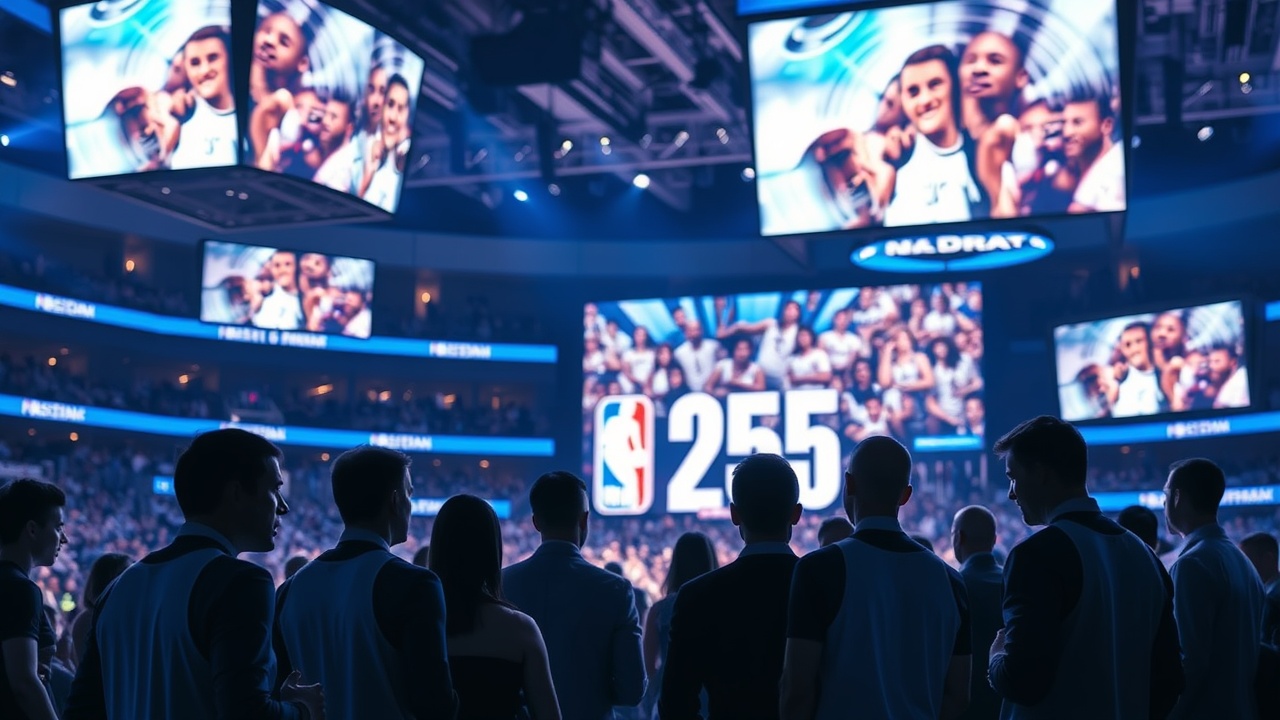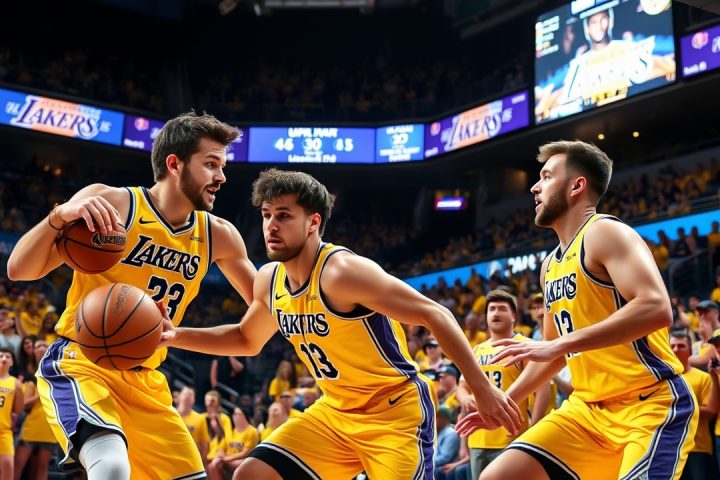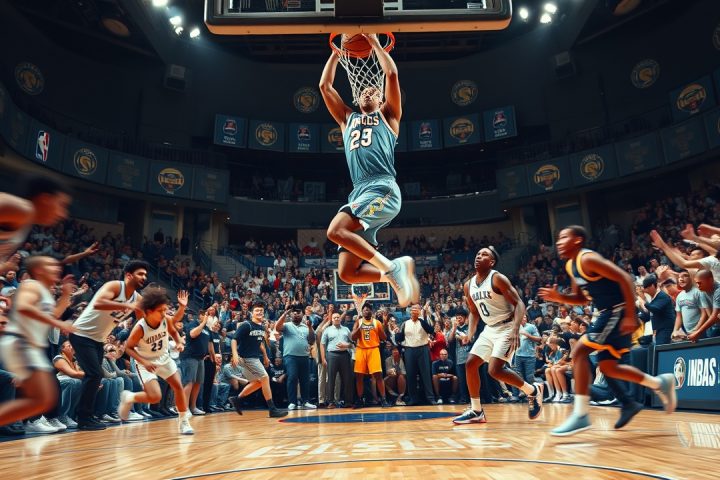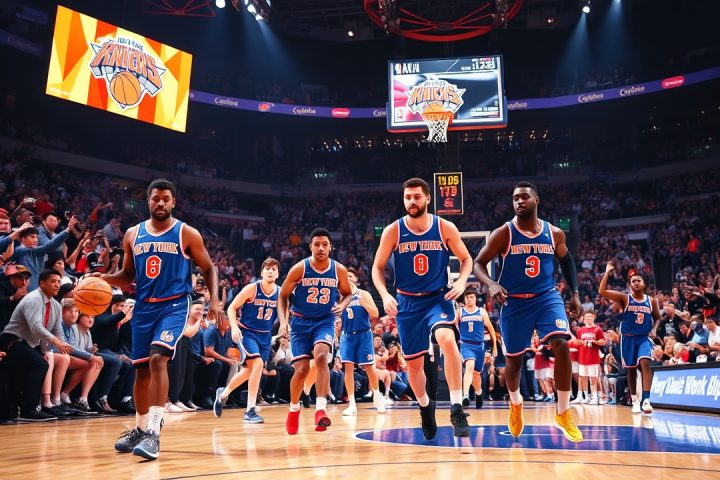NBA Draft and Emerging Complexities
As the NBA Draft approaches, the league is grappling with emerging complexities due to new regulations and shifts in player eligibility. A recent memo, crafted by a prominent legal figure within the NBA, circulated among general managers, addressing a unique scenario involving a select group of international players who are transitioning to U.S. college programs.
Nuances in Player Eligibility
The memo highlighted nuances in the NBA’s rules governing players from outside the NCAA framework, particularly in light of changes triggered by the shift towards name, image, and likeness (NIL) agreements in college sports. A notable trend has seen several European prospects leaving their teams to join American colleges. In this case, some of these athletes, now 22 years old, have automatically qualified for the NBA Draft under existing league regulations that focus on age rather than the completion of college eligibility or the decision to declare for the draft.
Key Questions and Classifications
Such developments have raised pivotal questions: if these players are drafted yet choose to continue playing in college, how will the NBA handle their rights? This dilemma has prompted discussions about a potential classification that would treat these players similarly to international “draft-and-stash” prospects. Under this arrangement, the NBA team that selects a player can retain rights to him indefinitely, provided he decides to continue with his European club instead of joining the NBA immediately.
According to the memo, the NBA’s perspective on this classification comes from the definition of a professional team, which encompasses any organization that compensates players beyond basic living expenses.
The recent expansion of NIL payments, which now allow players to receive direct compensation from their institutions, aligns college basketball more closely with professional sports in the NBA’s view.
Legal Interpretations and Future Implications
By citing Article X, Section 5 of the league’s collective bargaining agreement (CBA), the memo indicated that participation in intercollegiate basketball might constitute signing a contract with a non-NBA professional team. However, it’s important to note that this interpretation is not finalized; the National Basketball Players Association (NBPA) has the capacity to challenge this ruling, potentially using the precedent that drafted players would only remain tied to their selecting team for a year before gaining free agency.
The ongoing discussions reflect the novelty of the respective conditions, as the properties of existing player agreements do not yet encompass the intricacies introduced by this recent influx of players. Both the NBA and the NBPA are exploring clearer guidelines to address the implications for players considering remaining in college despite being eligible for the draft.
Current Players Navigating New Rules
Currently, only a handful of players are navigating this uncharted territory, including a few select prospects such as Mihailo Petrović, Ilias Kamardine, and Sananda Fru. Their ability to opt for college competition without jeopardizing their eligibility is bolstered by NCAA regulations, which permit players automatically entered into the draft to be drafted while still eligible for college play, provided they continue to meet academic and athletic standards. This ruling could ease concerns for both the players and their colleges.
Financial Dynamics and Future Strategies
The broader league landscape reflects financial dynamics as well. The Minnesota Timberwolves recently reported significant luxury tax payments, indicating a willingness to invest in maintaining a competitive edge, even with the complexities of player rights and eligibility intermingling. Ownership has voiced a long-term vision where sustainable success, rather than immediate flashy moves, will dictate their investment strategy moving forward.
Conclusion
Overall, the integration of foreign players into college basketball amidst evolving payment structures signifies a pivotal moment for both the NBA and NCAA, as they navigate the implications of this changing environment for future drafts and player eligibility policies.




